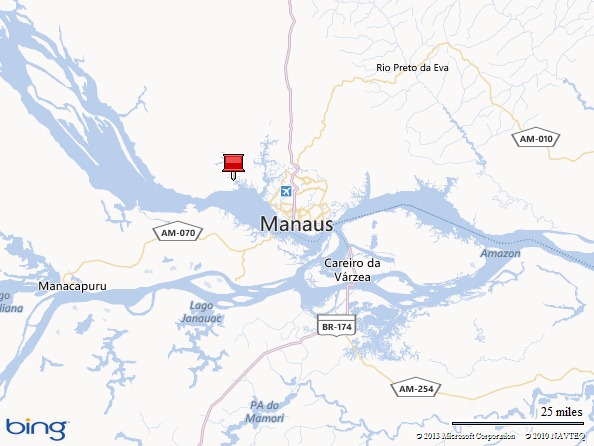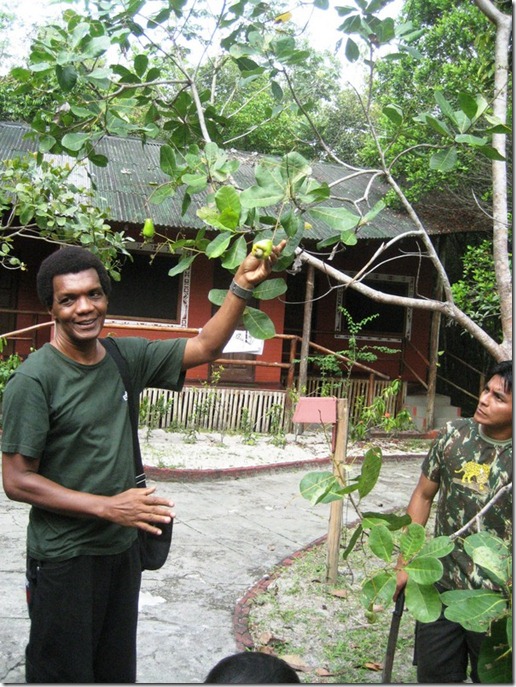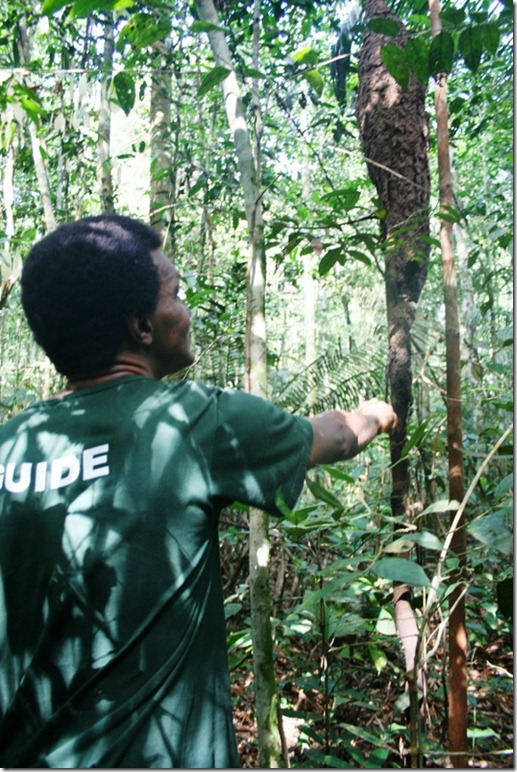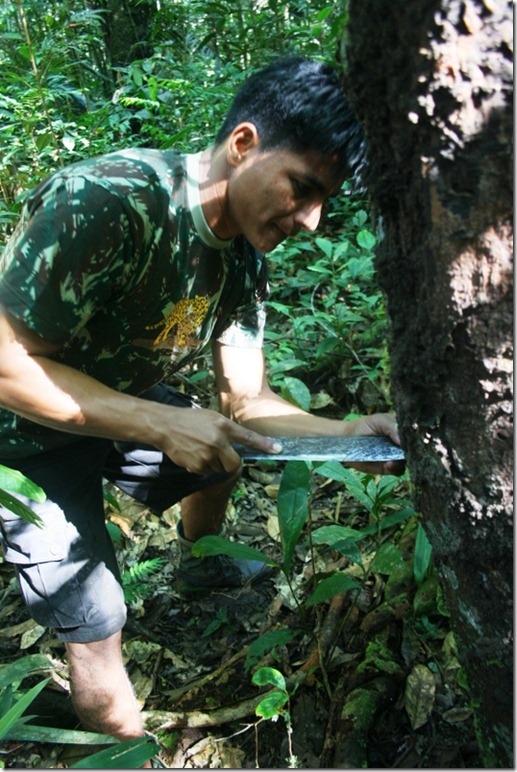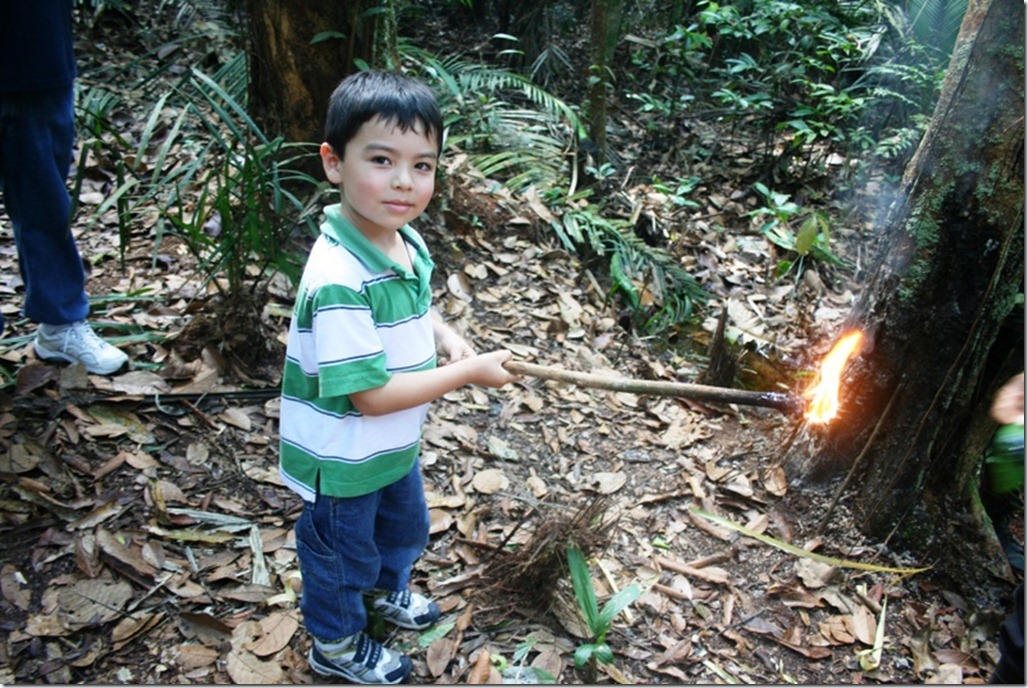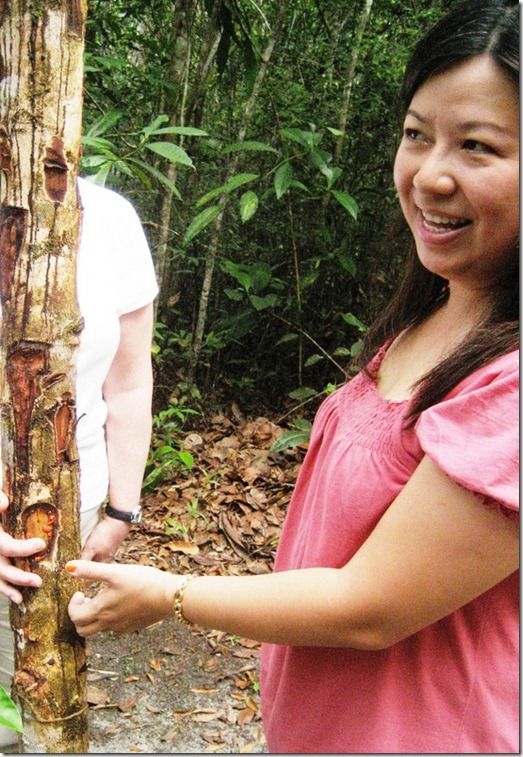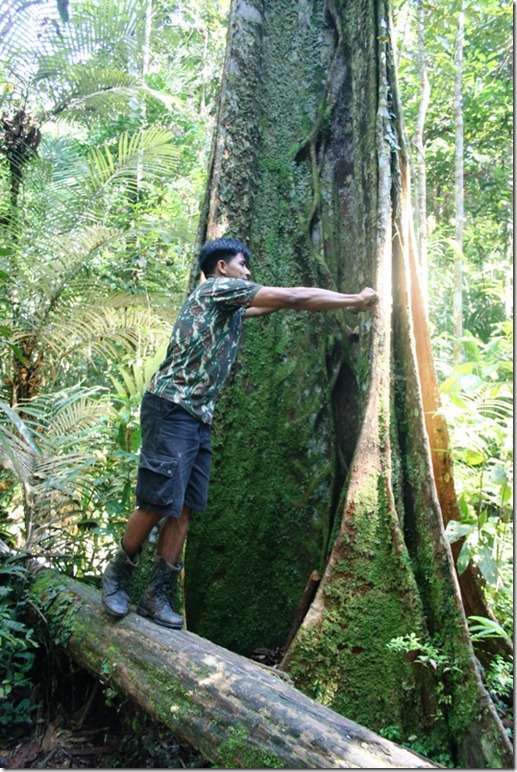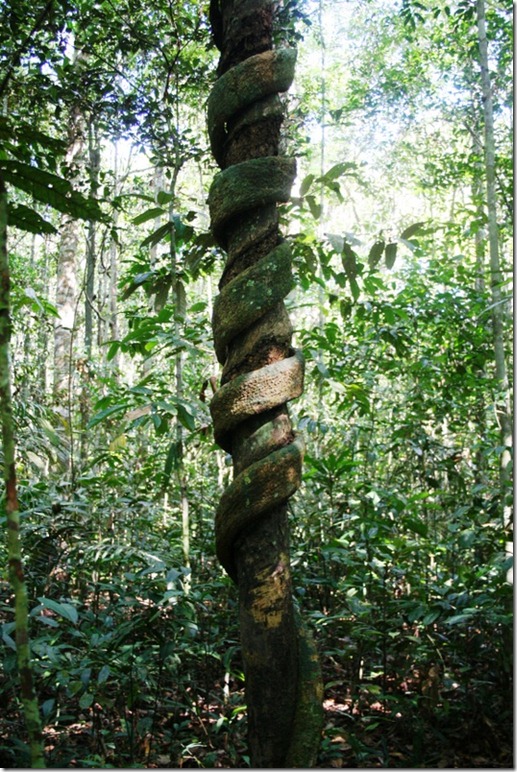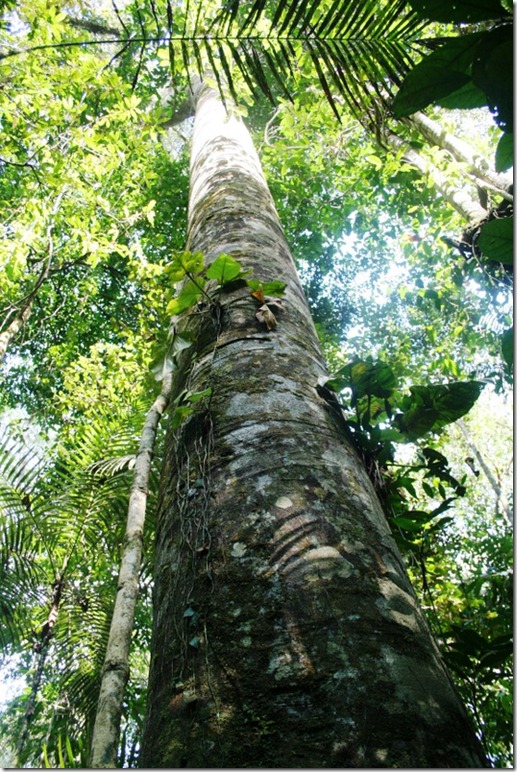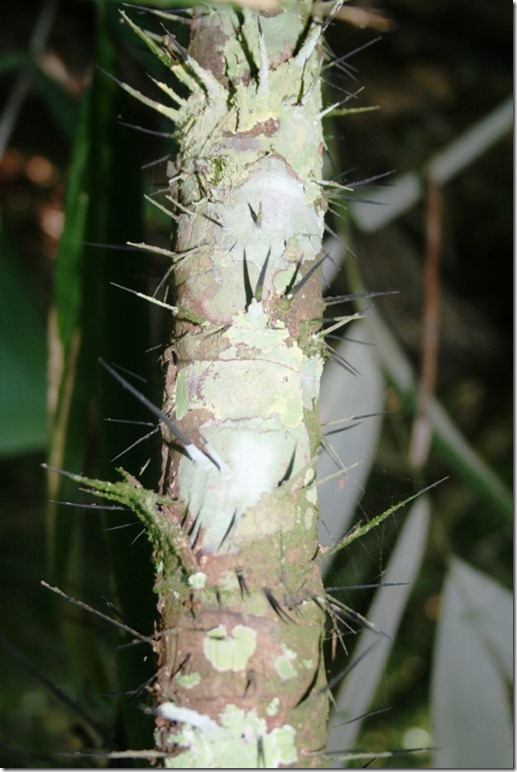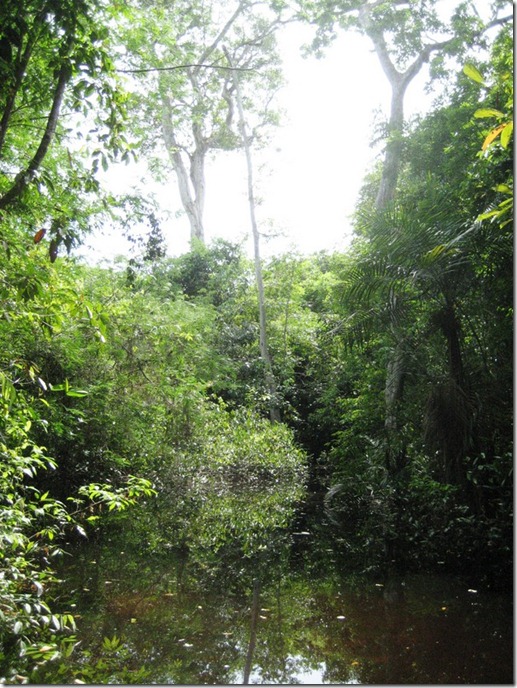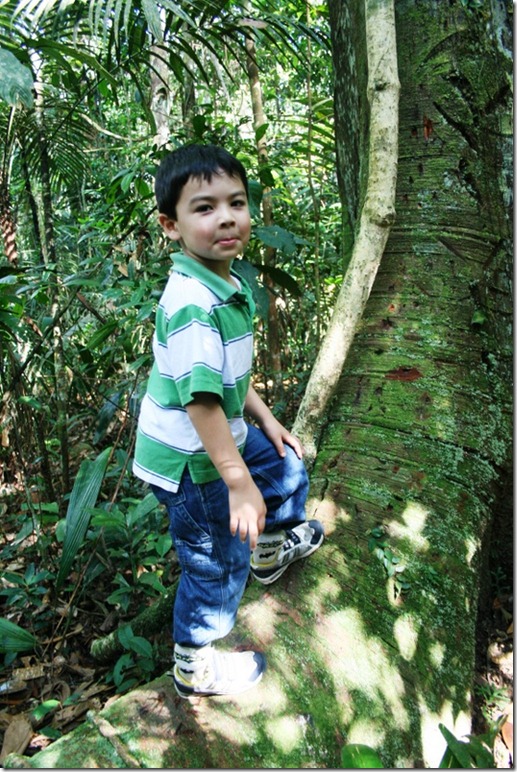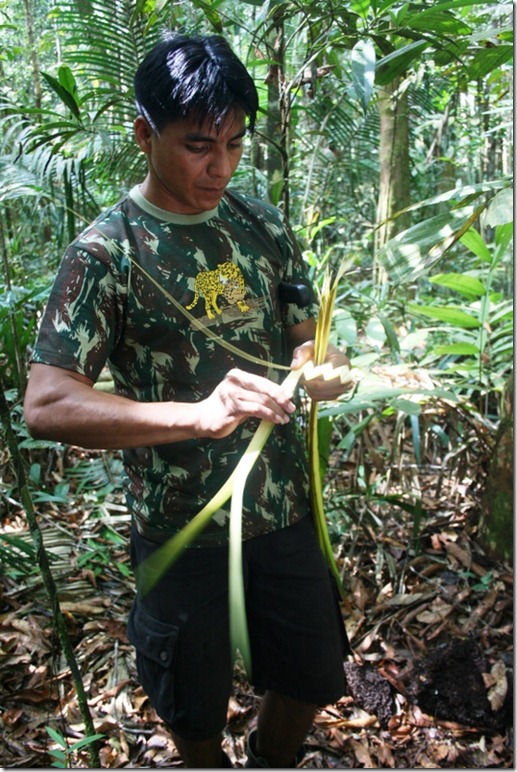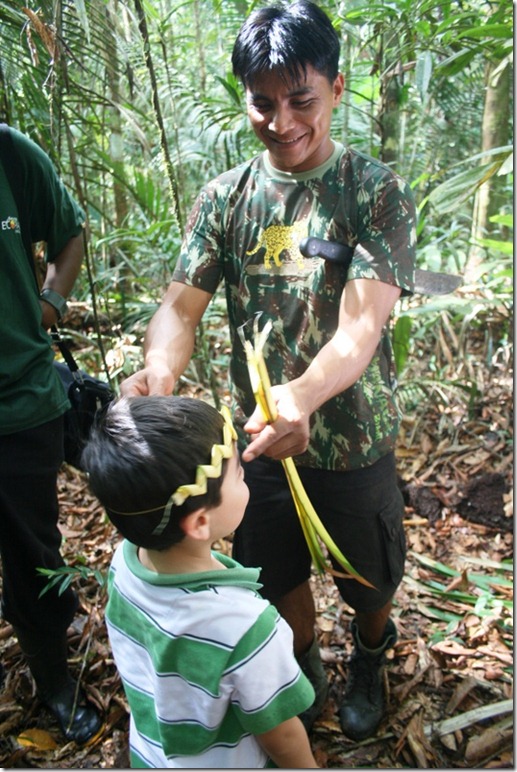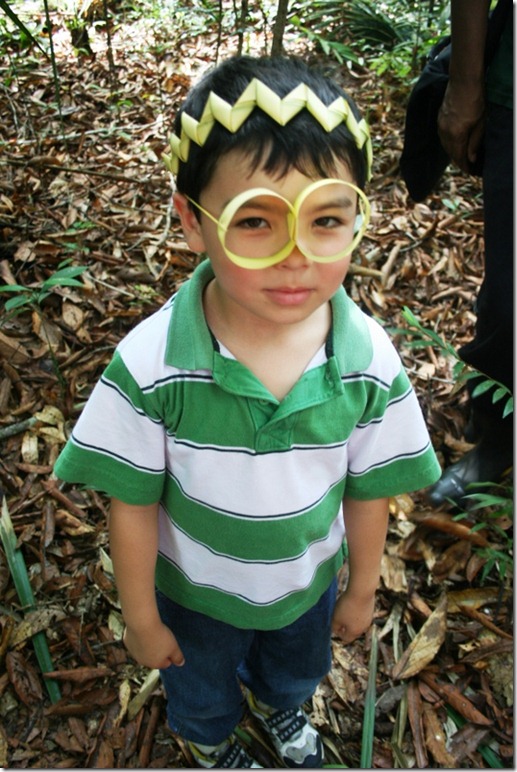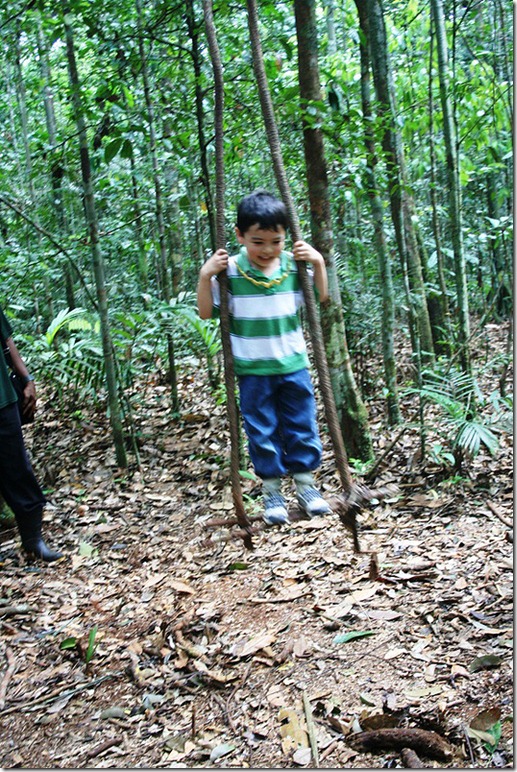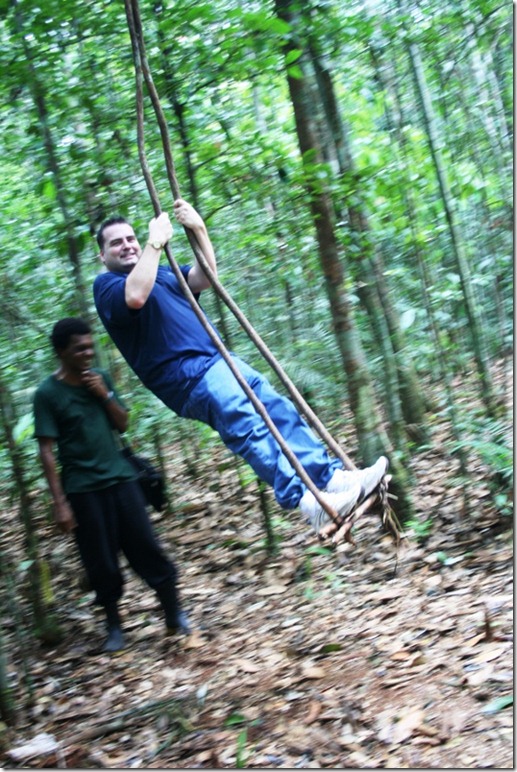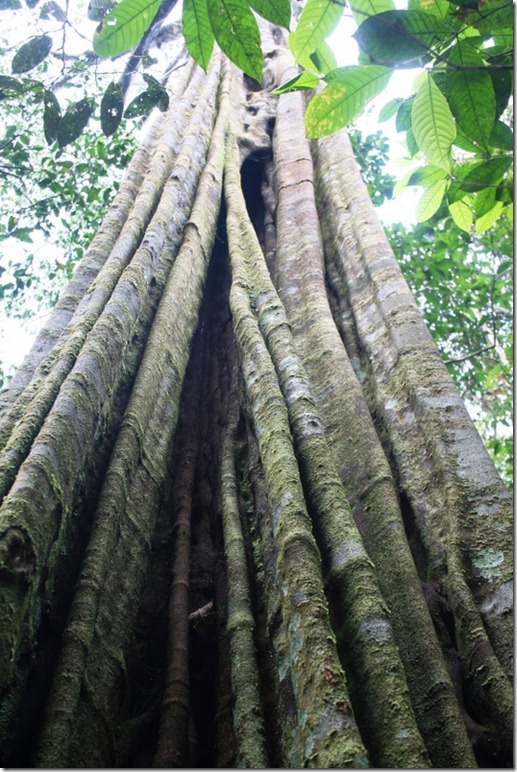Coming Soon from M.G. Edwards
Dear Reader,
My blogging has slowed recently while I focus on writing projects. I hope to pick up my blogging pace again soon and publish more travelogues with photos. In the meantime, I want to update you on exciting news about some big launches that I have in store for this year. My literary factory, The Wordshop, is working overtime behind the scenes to produce a steady stream of new material, and I’m happy to give you a glimpse of things to come.
Ellie the Elephant Children’s Book – April 1
Ellie the Elephant, book two of the World Adventurers for Kids Series, will be available as an e-book on April 1, 2013. Ellie the Elephant is an illustrated picture book that encourages children to follow their dreams. A young elephant named Ellie who lives in Thailand dreams of joining the elephant polo team and playing in the Elephant Cup polo tournament, but her parents want her to work in the rice fields. Will she realize her dream of playing polo?
Inspired by the author’s adventures in Thailand and real elephant polo matches, the story features Ellie and her family, Monk the Monkey, human boys Ball and Mallet, and a host of elephants. Fun for kids and adults alike, the story will introduce readers to the amazing game of elephant polo and inspire children to dream big.
Zoe the Zebra Children’s Book – June 1
Zoe the Zebra, book three of the World Adventurers for Kids Series, will be available as an e-book on May 15, 2013. Zoe the Zebra is an illustrated picture book that teaches children not to bully. A young zebra named Zoe who lives in the African bush joins forces with her friends Emma the Impala and Barry the Baboon to protect their friend Wally the Warthog from a pack of bullying hyenas.
Inspired by the author’s safari adventures in Africa, the story features Zoe and a host of safari animals. Fun for kids and adults alike, the story will take children to the African plains and teach them how to handle bullies.
World Adventurers for Kids Books #1-3 – July 1
World Adventurers for Kids Books 1-3 will be released on July 1, 2013. It will feature the first three e-books in the illustrated picture book series: Alexander the Salamander, Ellie the Elephant, and Zoe the Zebra. The collection will take children on adventures in South America, Asia, and Africa and encourage them to listen to authority figures, to follow their dreams, and to respect others.
The first book in the World Adventurers for Kids Series, Alexander the Salamander is about a salamander named Alexander living in the Amazon who joins his friends Airey the Butterfly and Terry the Tarantula on an unforgettable jungle adventure. Set in the Amazon region of Brazil, the story teaches children the importance of listening to teachers and other authority figures. Co-authored by M.G. Edwards and his son Alex, the story was inspired by their 2008 visit to the Amazon.
Book two, Ellie the Elephant, encourages children to follow their dreams. A young elephant named Ellie living in Thailand dreams of joining the elephant polo team and playing in the Elephant Cup polo tournament, but her parents want her to work in the rice fields. Will she realize her dream of playing elephant polo?
Book three, Zoe the Zebra, teaches children about bullying. A young zebra named Zoe who lives in the African bush joins forces with her friends Emma the Impala, Barry the Baboon, and other animals to protect their friend Wally the Warthog from a pack of bullying hyenas. Can they help him and stop the bullying?
The World Adventurers for Kids Series features illustrated adventure stories told in a way that children ages four to nine will find entertaining and educational. Filled with illustrated photos and moral tales, they will take children all over the world.
New M.G. Edwards Website – July 2
M.G. Edwards and World Adventurers will merge into one website on July 2, 2013. My relaunched website, www.mgedwards.com, will feature a completely new look and will be a single resource for my books, travelogues, photos and videos – including this blog.
Eurasia: Getting into Travel in Europe and Asia – November 2013
Eurasia: Getting into Travel in Europe and Asia, the second book in the World Adventurers Series and follow up to Kilimanjaro: One Man’s Quest to Go Over the Hill, will be released as an e-book in August 2013. It’s a coming-of-age memoir that chronicles the author’s adventures in Europe and Asia as a college student on a shoestring budget in 1994. The six-month journey by air, rail, and foot took him to 20 countries from Spain and Ireland to Russia and China — and almost everywhere in between.
Join him for an amazing journey through fascinating countries and cultures, encounters with memorable people and personalities, unforgettable moments and madcap misadventures . Love, ambition, and self-discovery mix in a story about a young man discovering the world and getting into travel – and trouble – for the first time.
Other News
All of these books should be available in print soon after their e-book releases.
I’ll update this page and publish new posts as more information comes available. Stay tuned for more news and information about these upcoming releases!
 M.G. Edwards is a writer of books and stories in the mystery, thriller and science fiction-fantasy genres. He also writes travel adventures. He is author of Kilimanjaro: One Man’s Quest to Go Over the Hill, a non-fiction account of his attempt to summit Mount Kilimanjaro, Africa’s highest mountain and a collection of short stories called Real Dreams: Thirty Years of Short Stories. His books are available as an e-book and in print on Amazon.com and other booksellers. He lives in Bangkok, Thailand with his wife Jing and son Alex.
M.G. Edwards is a writer of books and stories in the mystery, thriller and science fiction-fantasy genres. He also writes travel adventures. He is author of Kilimanjaro: One Man’s Quest to Go Over the Hill, a non-fiction account of his attempt to summit Mount Kilimanjaro, Africa’s highest mountain and a collection of short stories called Real Dreams: Thirty Years of Short Stories. His books are available as an e-book and in print on Amazon.com and other booksellers. He lives in Bangkok, Thailand with his wife Jing and son Alex.
For more books or stories by M.G. Edwards, visit his web site at www.mgedwards.com or his blog, World Adventurers. Contact him at me@mgedwards.com, on Facebook, on Google+, or @m_g_edwards on Twitter.
For more books or stories by M.G. Edwards, visit his web site at www.mgedwards.com or his blog, World Adventurers. Contact him at me@mgedwards.com, on Facebook, on Google+, or @m_g_edwards on Twitter.
© 2013 Brilliance Press. All rights reserved. No part of this work may be reproduced or transmitted without the written consent of the author.

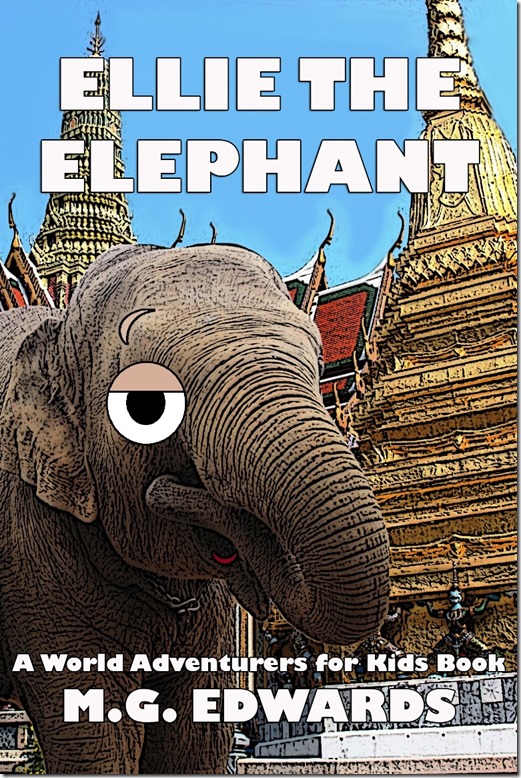
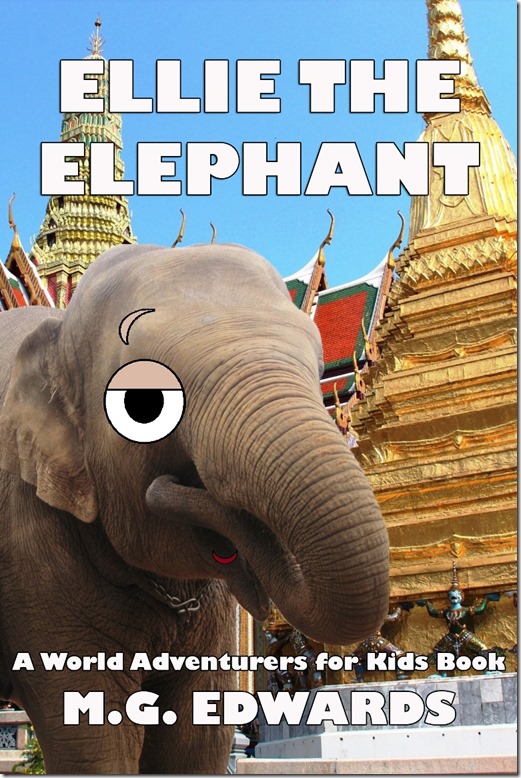
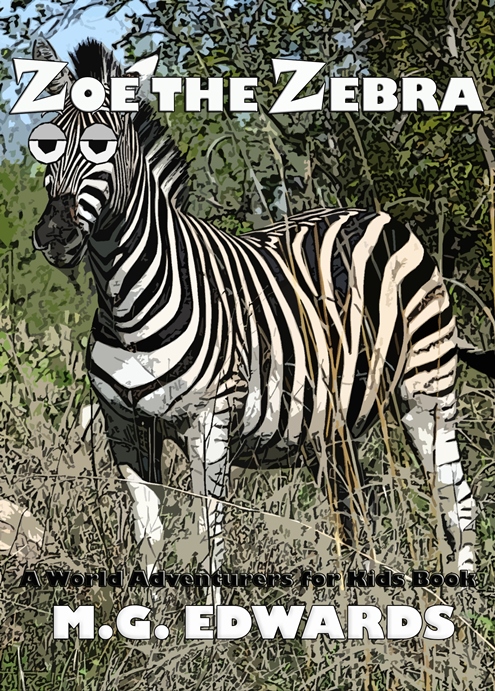


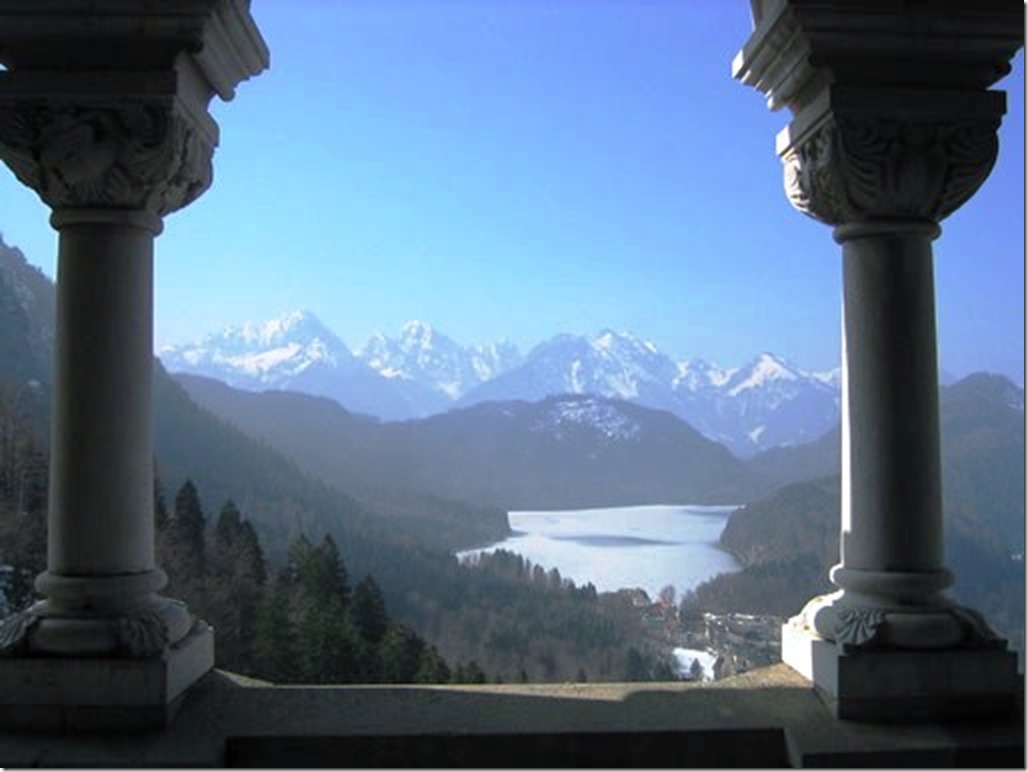
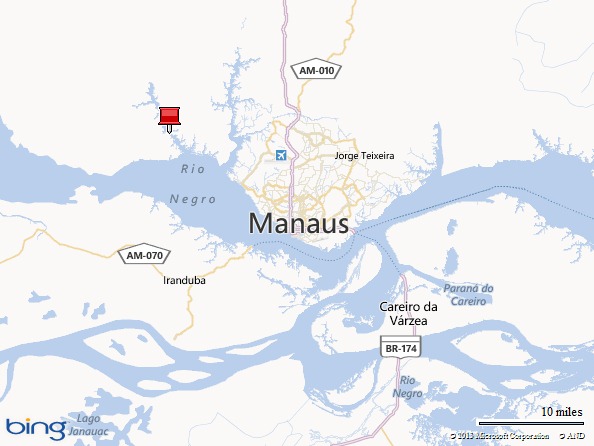
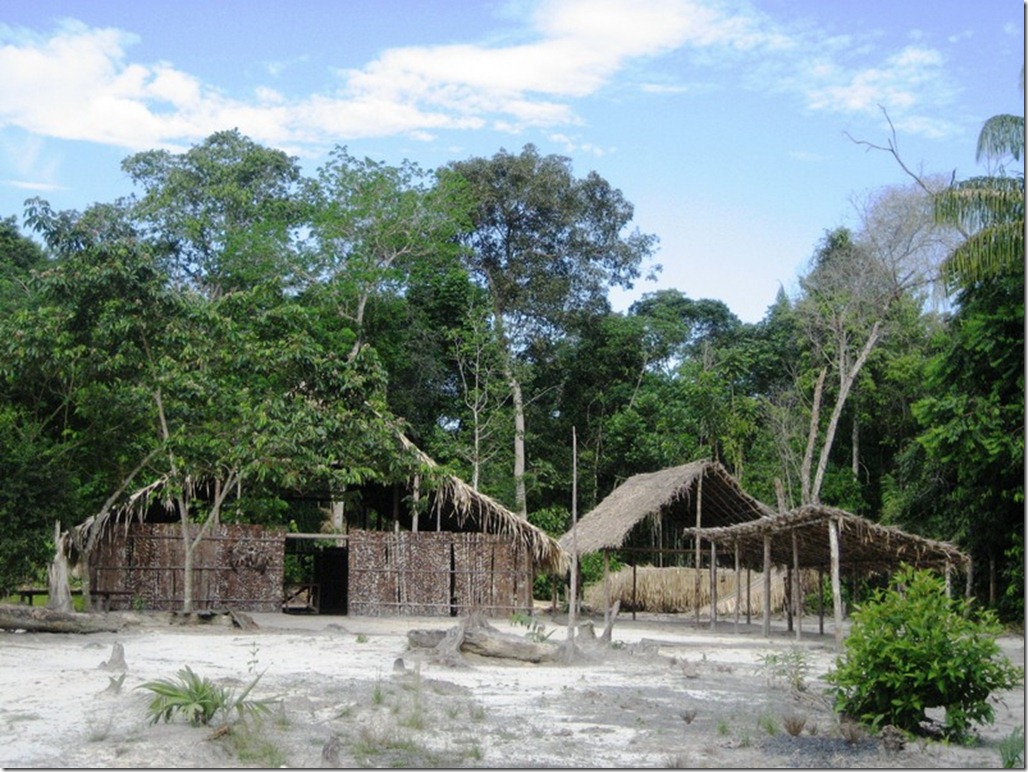
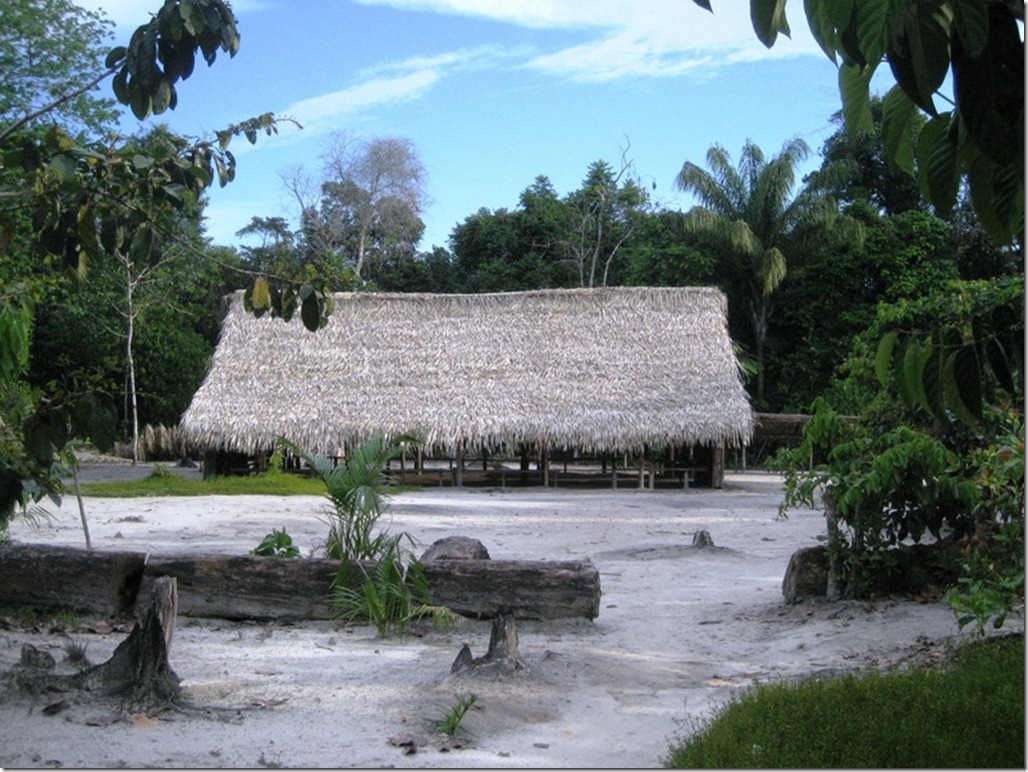
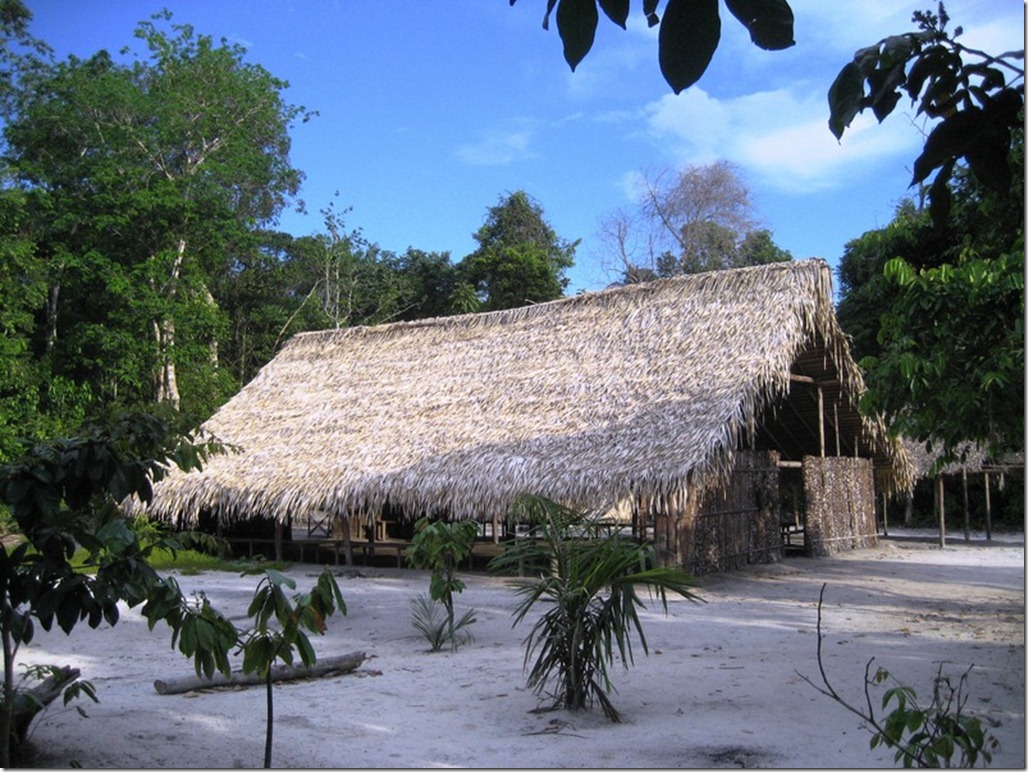
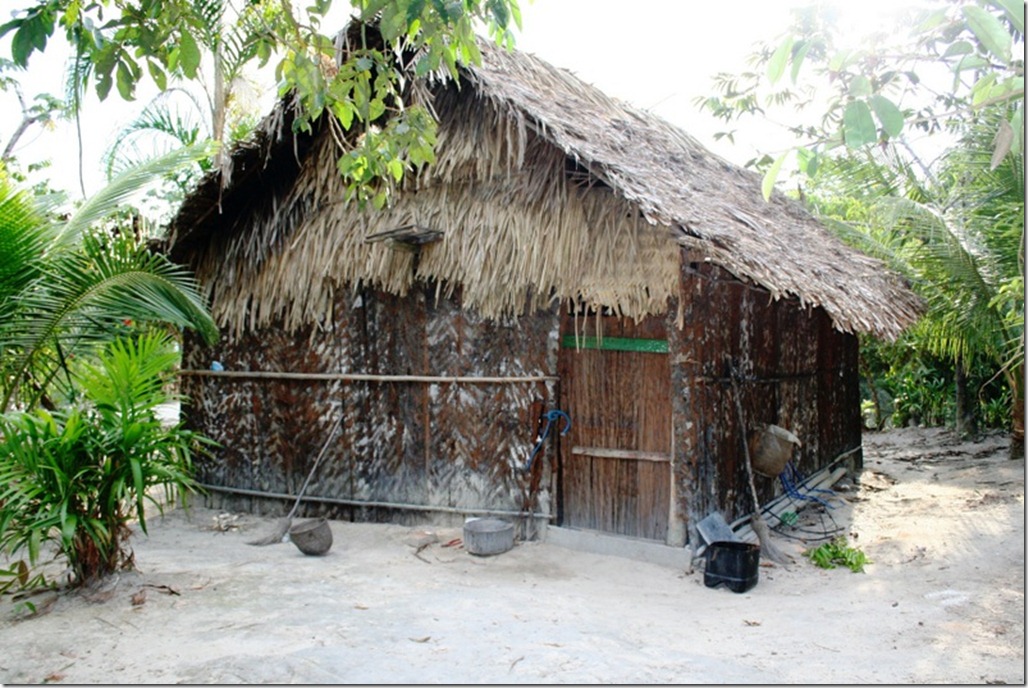
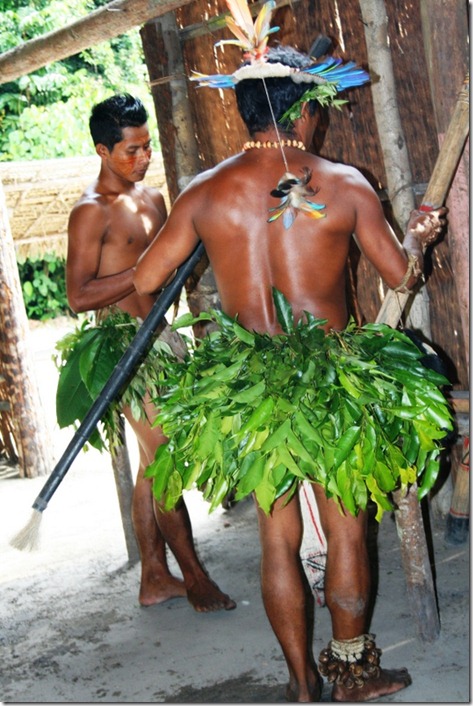
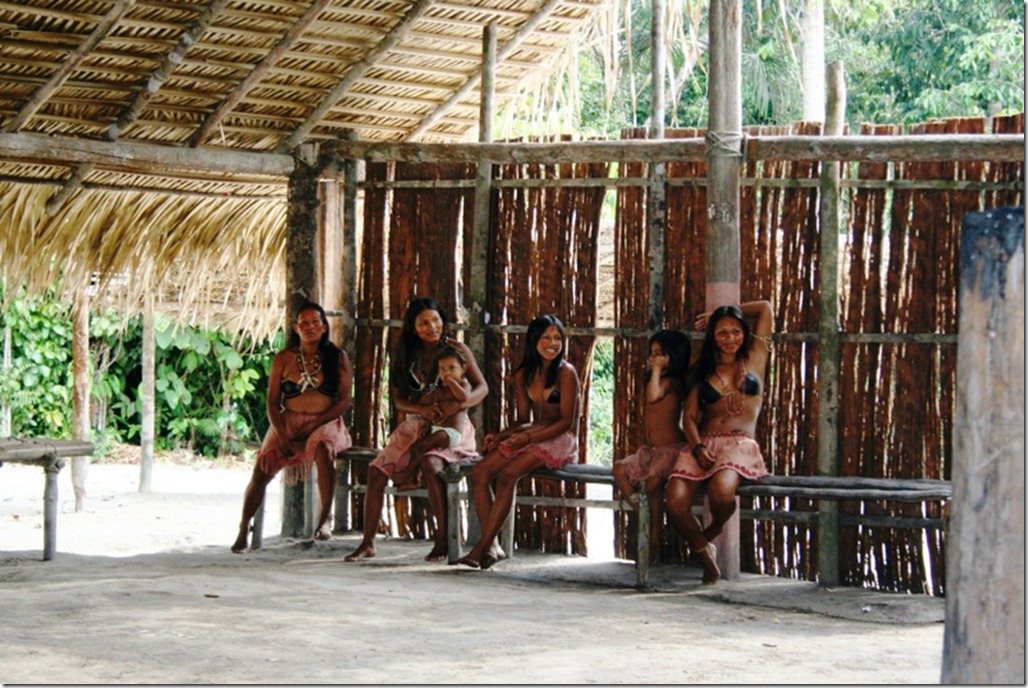
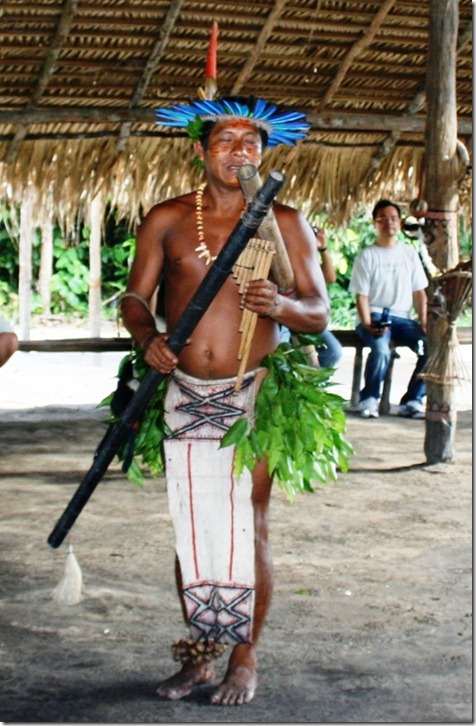
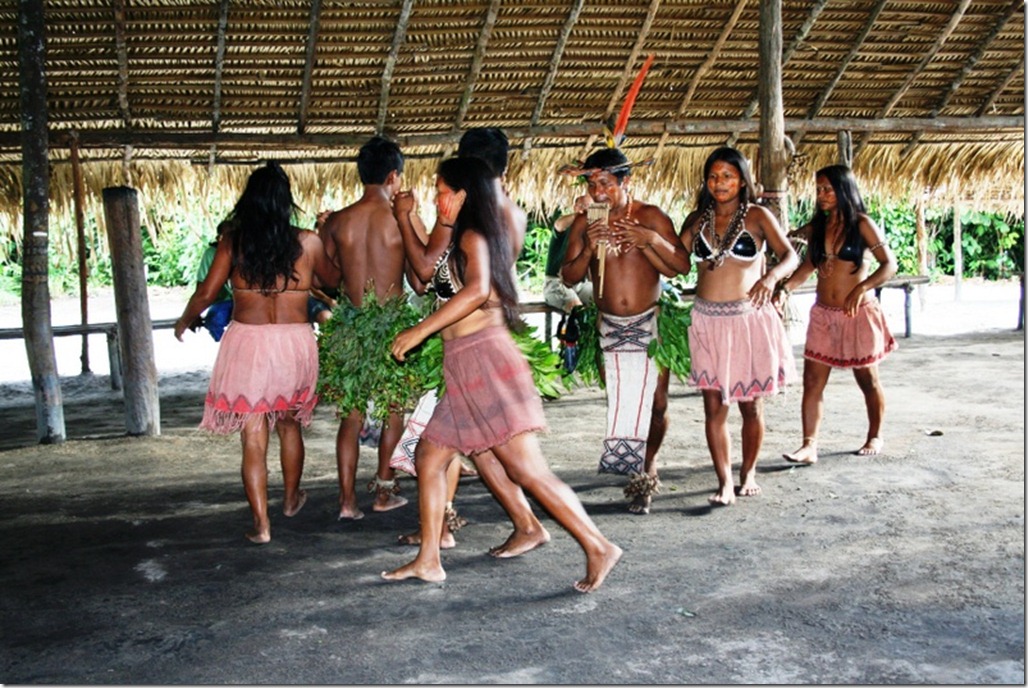
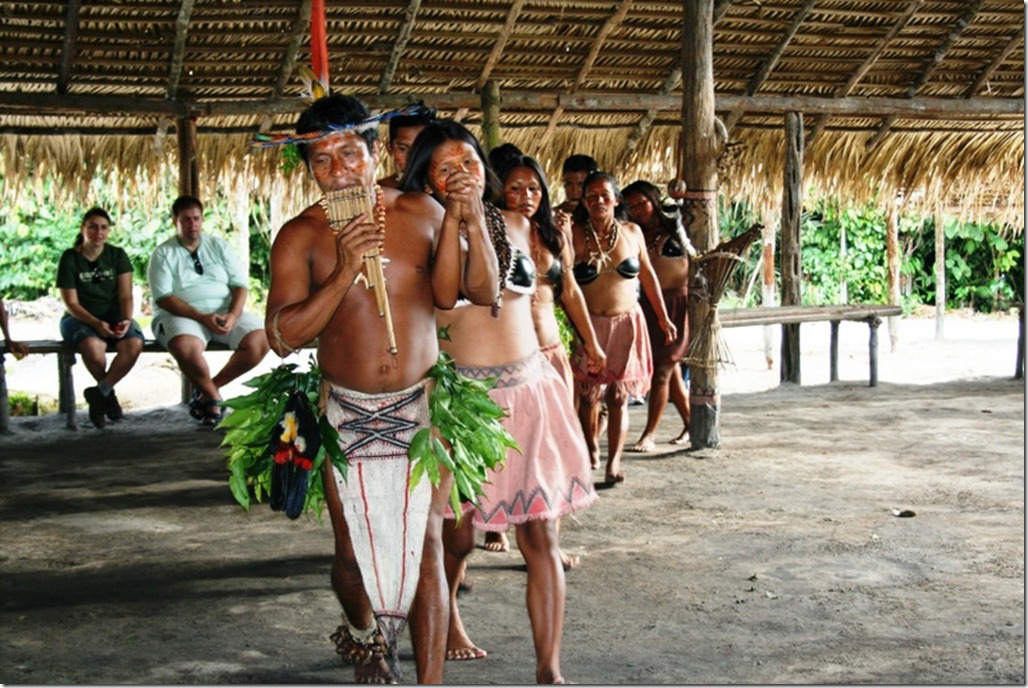
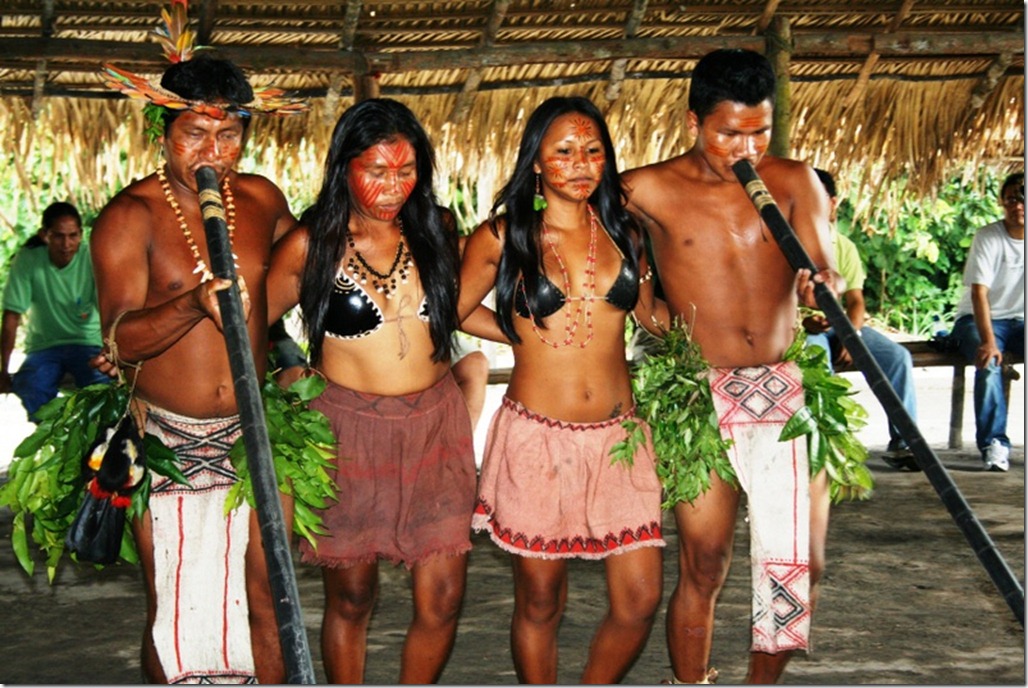
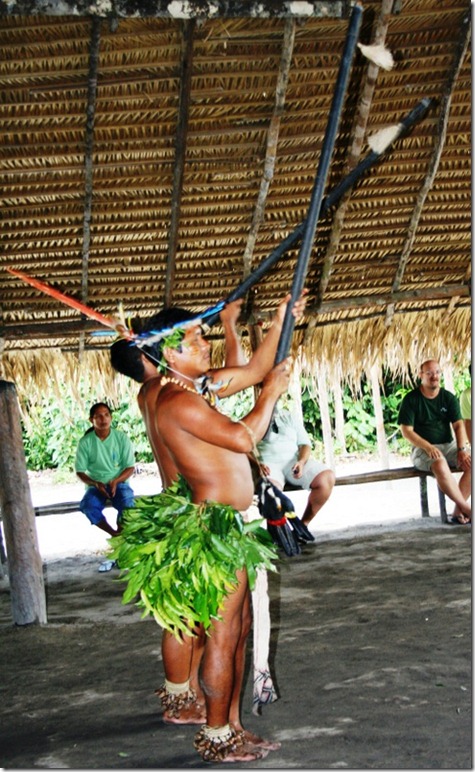
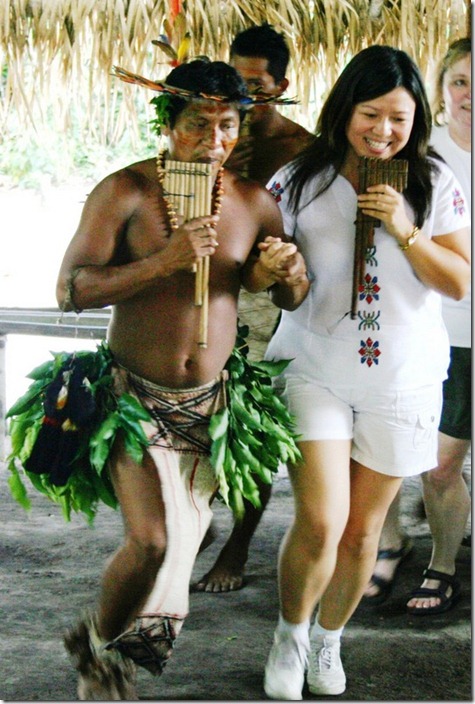
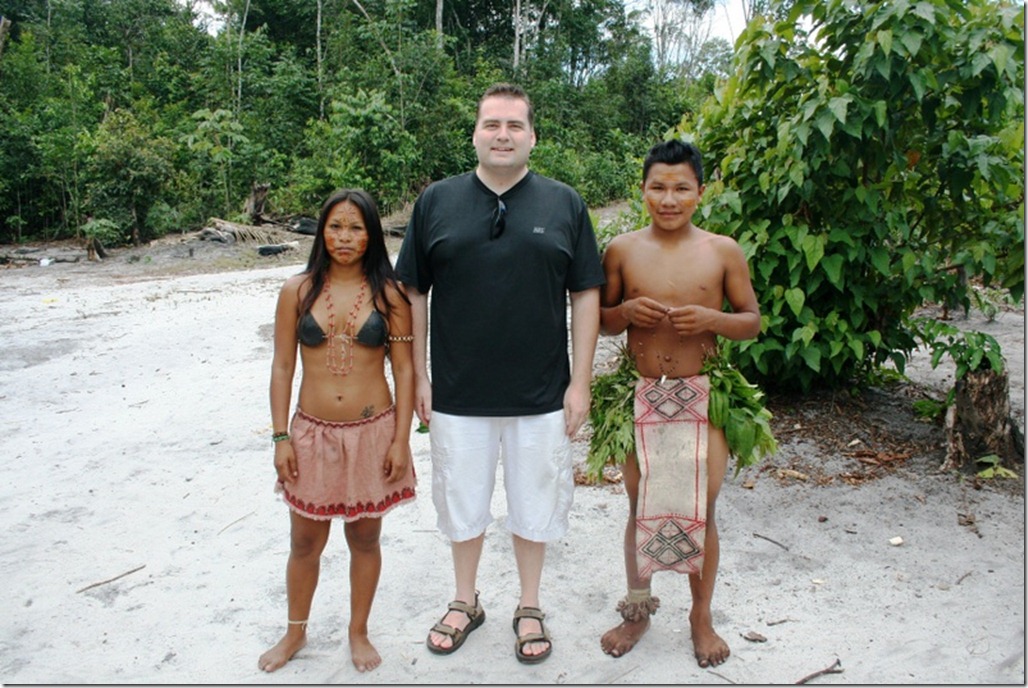
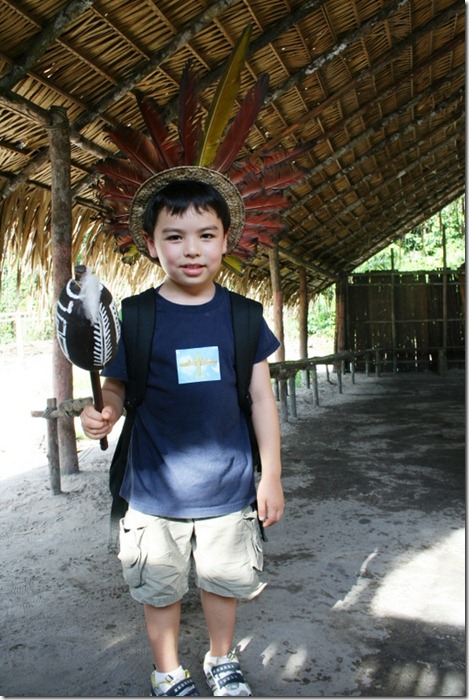
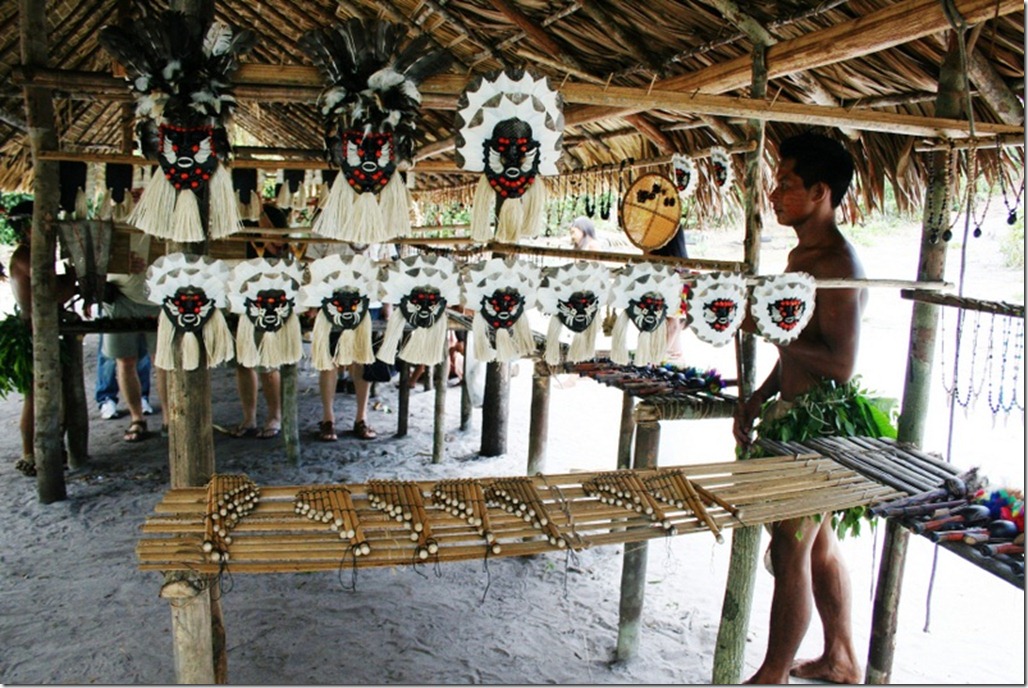
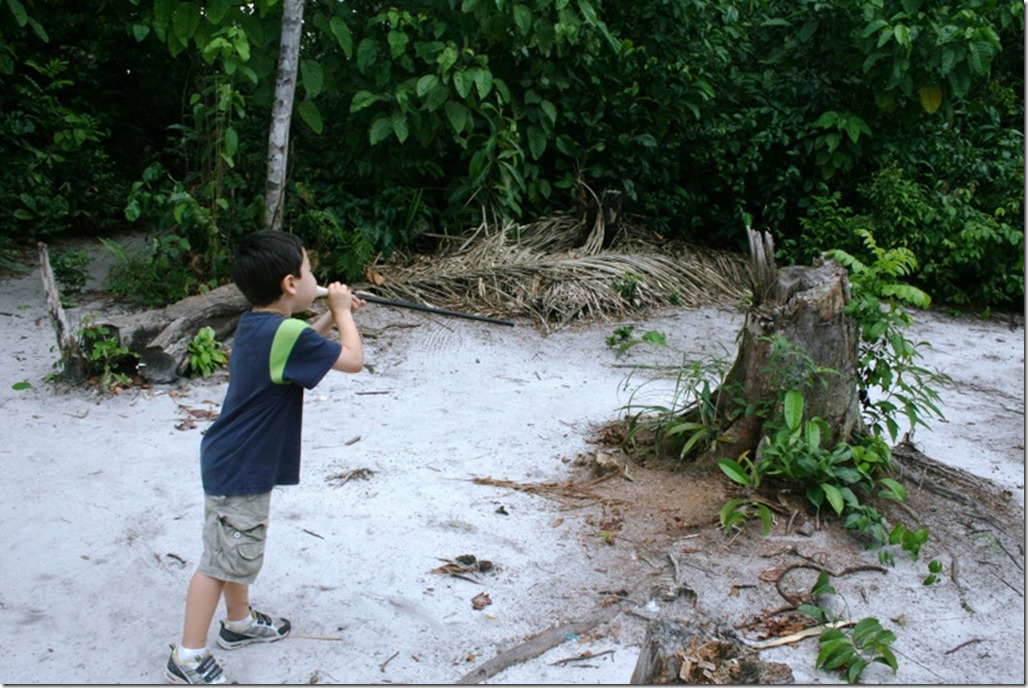
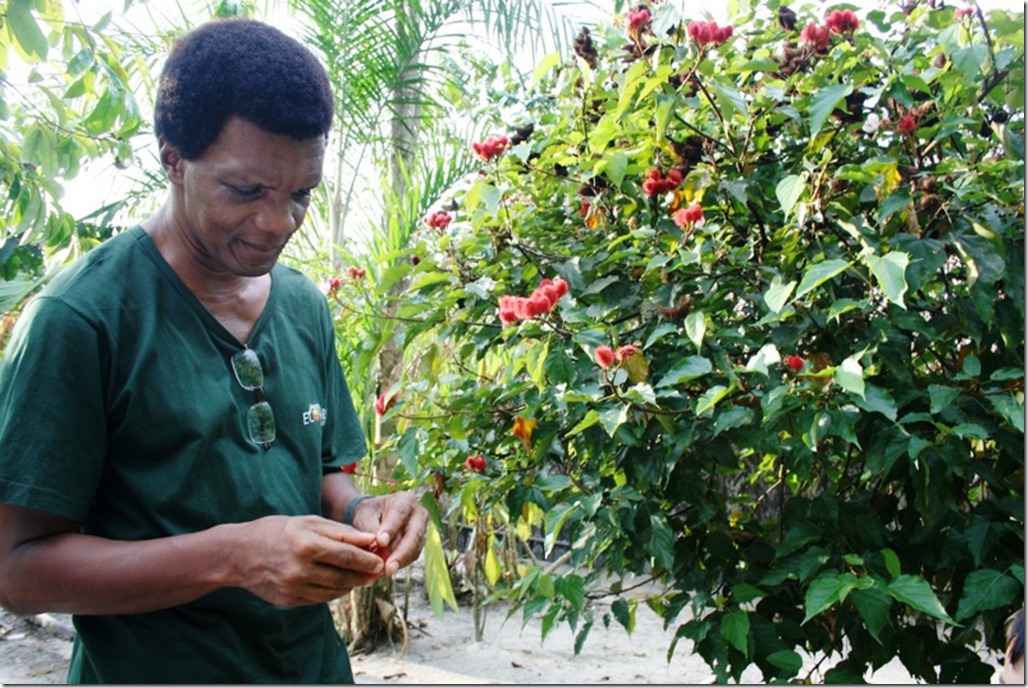
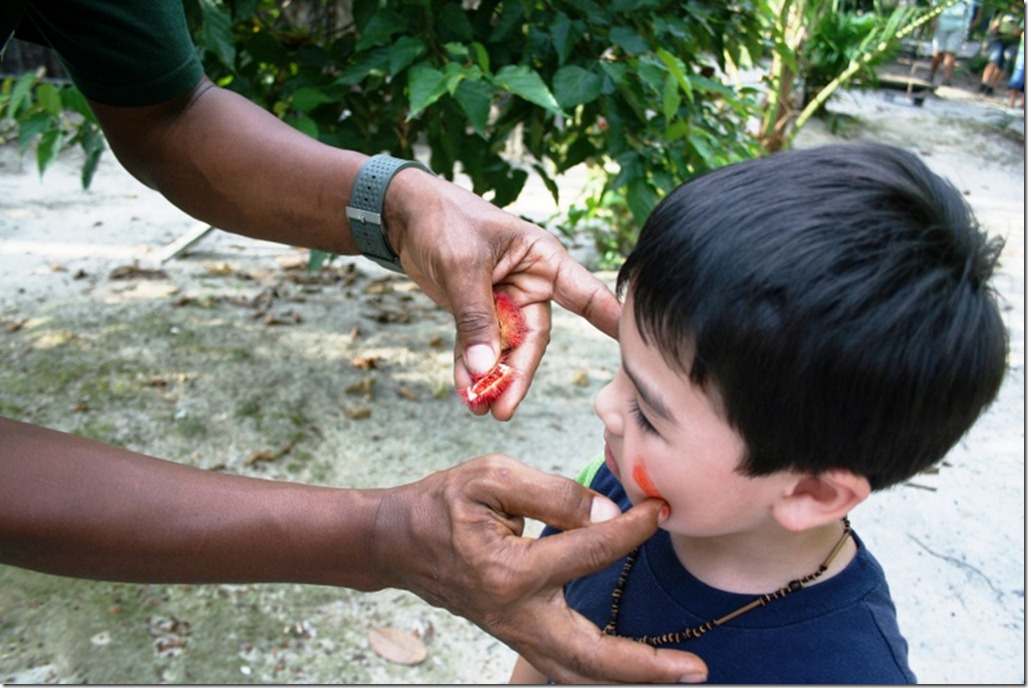
 About Alexander the Salamander
About Alexander the Salamander
